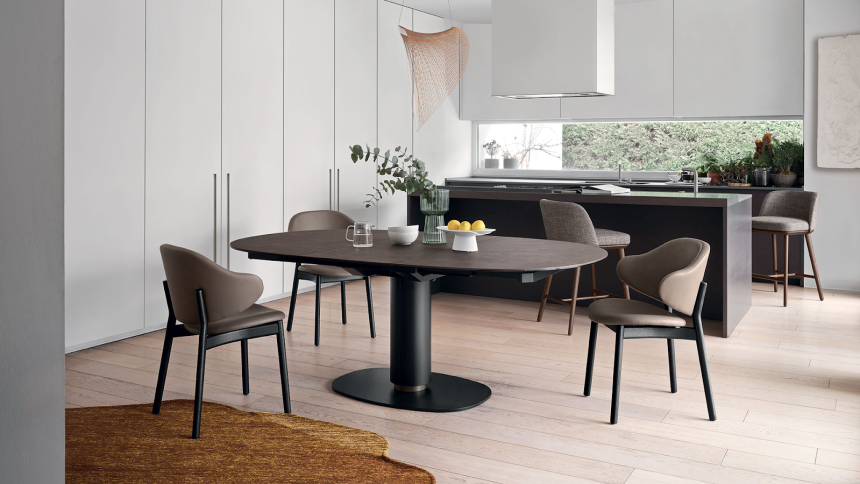At first glance, Italian furniture seems expensive. The price of a single dining table or sofa can make people pause. But if you look closely, what you’re paying for isn’t just a name or a country of origin—it’s a philosophy of making. Every euro built into that cost represents something tangible: design heritage, material integrity, human craftsmanship, and longevity. Together, they form a culture of excellence that other nations spend decades trying to imitate.
Design Heritage That Endures
Italy’s relationship with furniture is centuries deep. It’s the same lineage that produced Michelangelo, Palladio, and Gio Ponti—people who treated proportion, light, and symmetry as sacred. That sensibility never disappeared; it simply evolved into modern form. When you buy Italian furniture, you’re not buying a trend. You’re buying the continuation of a conversation that began in the Renaissance about how form should reflect life. Every line is deliberate, every curvature rehearsed. The designs are rooted in classic geometry but translated into modern materials. That’s why Italian furniture doesn’t age the way mass-market furniture does—it doesn’t chase novelty; it chases harmony.
If you’re in Washington D.C, visit Calligaris Washington and experience what Italian craftsmanship means in practice—designs that feel both contemporary and timeless, precise yet human.
Materials That Tell the Truth
Italian makers treat materials as a kind of language. The wood isn’t chosen for availability but for character. The leather isn’t synthetic; it’s natural, breathable, and treated to age gracefully. Metals, fabrics, and lacquers are selected not for price but for feel. When you touch a Calligaris table, you notice how the surface reacts to light, how it feels under your fingertips. That’s intentional. Italians build furniture to interact with the senses, not just the eyes. You’re paying for that sensory intelligence—the quiet perfection that makes a room feel alive rather than assembled.
Craftsmanship That Defies Automation
The difference between Italian furniture and everything else is human judgment. Even with today’s precision machinery, the final shaping, sanding, stitching, and finishing are still done by hand. Each artisan carries decades of experience that can’t be programmed into a robot. They know how to correct the imperceptible misalignments that machines can’t see but your subconscious can feel. That’s why Italian furniture feels right even before you know why. It’s built by people who understand proportion as instinct, not theory.
Longevity That Justifies the Investment
Cheap furniture is designed to fill a space; Italian furniture is designed to anchor it. The joinery, balance, and material density ensure that the piece will survive daily use without losing structure or form. The color doesn’t fade, the drawers don’t warp, the leather develops patina instead of cracks. Measured over twenty or thirty years, the yearly cost of ownership is minimal compared to the cycle of replacing disposable furniture every few seasons. Italian furniture is less a purchase than an inheritance—an object that evolves with you, absorbs your life, and remains beautiful long after trends pass.
Aesthetic Permanence and Emotional Value
There’s another reason it’s worth it: Italian furniture carries emotional continuity. The longer you live with it, the more it becomes part of your identity. The table you eat at, the chair you read in, the sofa that holds your family—these objects accumulate meaning. Because they’re built to endure, they become markers of time, not casualties of it. That’s something flat-pack furniture can’t replicate.
Lynn Martelli is an editor at Readability. She received her MFA in Creative Writing from Antioch University and has worked as an editor for over 10 years. Lynn has edited a wide variety of books, including fiction, non-fiction, memoirs, and more. In her free time, Lynn enjoys reading, writing, and spending time with her family and friends.















